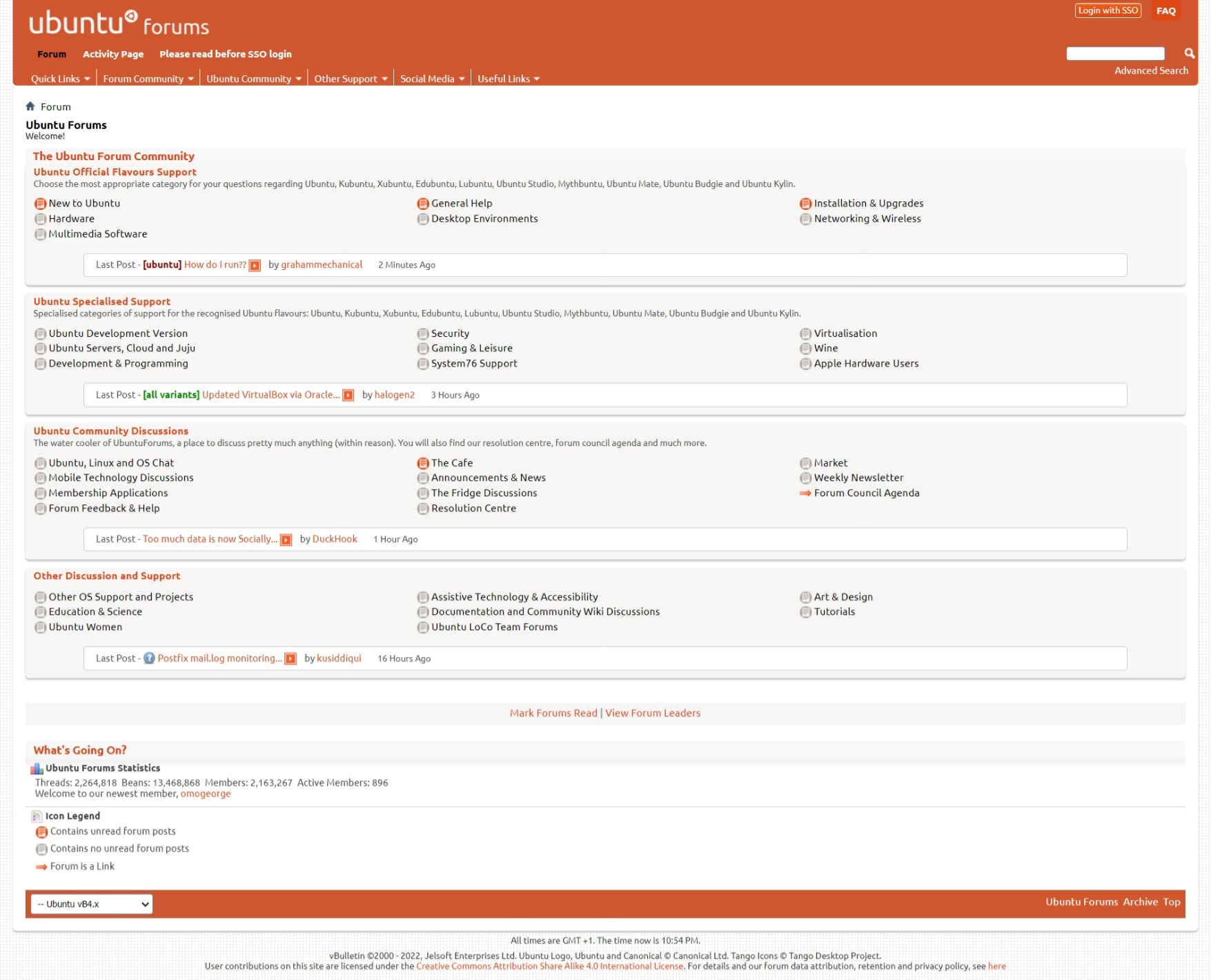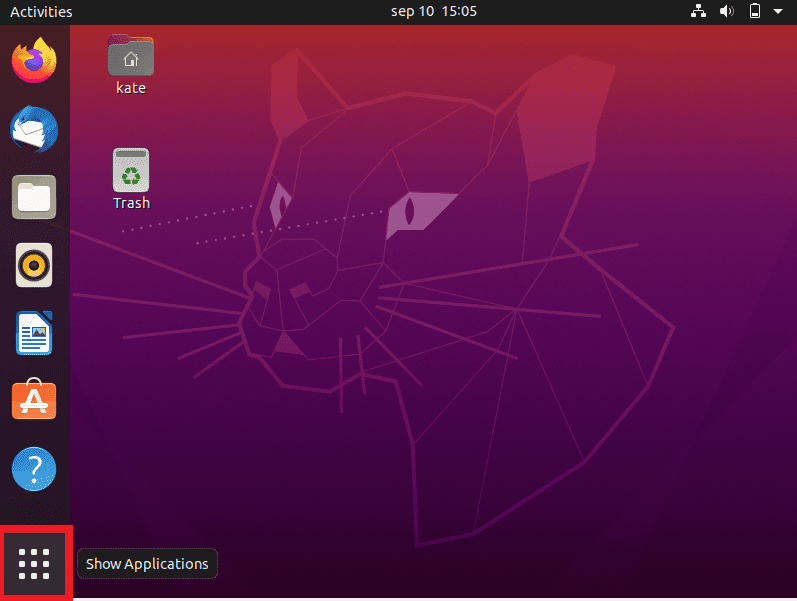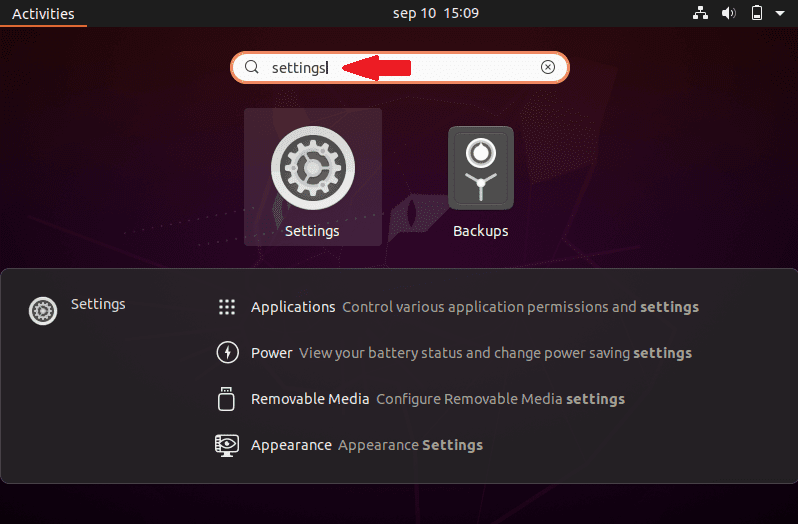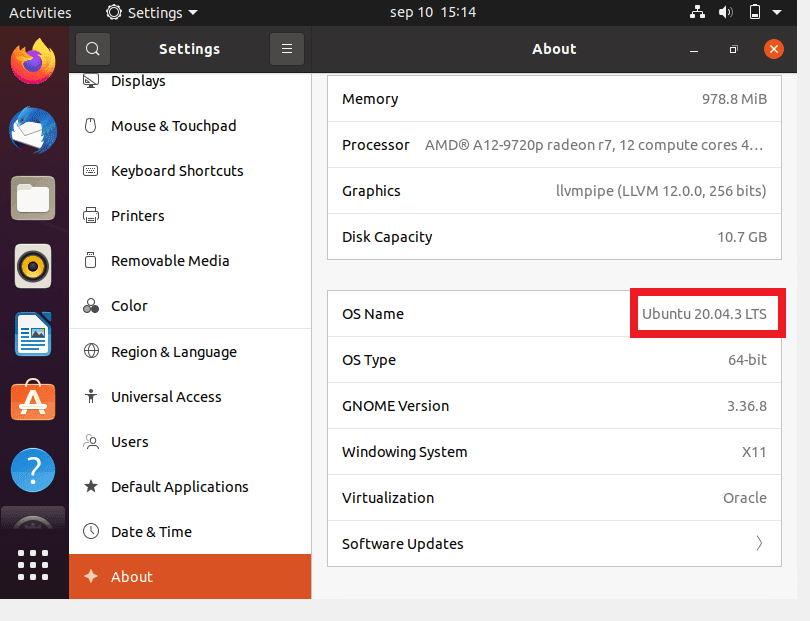How to Check Your Ubuntu Version Quickly
Ubuntu Version identifies the specific release of the Ubuntu operating system. Checking your Ubuntu version helps maintain system compatibility and access to updates.
🤖AI Overview:
Ubuntu Version refers to the specific release of the Ubuntu operating system. Users can verify their Ubuntu version using terminal commands or GUI settings. Knowing the version ensures compatibility with software and timely updates.
An Introduction to Ubuntu
Undoubtable, Ubuntu is one of the most popular distributions that helps users meet their hosting purposes. This free and open-source Linux distribution is an ideal choice for users who are new to Linux VPS. Also, web developers find Ubuntu useful as it provides a secure environment. While Ubuntu can be used as a server with good performance, it is particularly designed for desktop users.
If you are interested, review What is Ubuntu in detail and read its pros and cons to continue this guide.

Every six months Ubuntu releases updates to provide maintenance and hardware updates and every two years for Long Term Support (LTS). You are recommended to stay up to date. But you may not know how to see if you are running the latest version of Ubuntu. However, be informed that Ubuntu Forums is the official website that helps users if they face any issues while they are working with Ubuntu.

It is win-win cooperation. You can improve your knowledge by asking your Ubuntu questions and also sharing your experience with other members.
Tutorial Check Linux Ubuntu Version (Command Line and GUI)
Join us with this guide to learn how to check the Ubuntu version. The Command line (Terminal) enables you to check your running Ubuntu version quickly. To find your Ubuntu version, 4 different methods will be explained in this article. The other way to check the Ubuntu version is in the Gnome Desktop. Till the end, you will be an expert in all of them. Just continue reading.
How To Check Ubuntu Version Using Terminal
The first way is to check the Ubuntu version from the Command line which includes four methods itself. Several commands are available to be used to clarify the current version of Ubuntu you are running. Let’s discuss them all.
As you may know, accessing to Terminal (Command line) is possible by pressing Ctrl + Alt + T. Then, you are ready to use any one of the following methods and view your Ubuntu version.
1- lsb_release -a Command
The lsb_release command displays the information of Linux Standard Base (LSB) about the Linux and distribution details. This preferred method checks your Ubuntu version and works on both the desktop environment and all Ubuntu versions you are running. To use this command, just run:
lsb_release -aOutput
No LSB modules are available.
Distributor ID: Ubuntu
Description: Ubuntu 20.04.3 LTS
Release: 20.04
Codename: focal
Once you type the command above, you will see the Ubuntu version in the description line and your LSB modules, and the codename for your distributor data.
However, it is possible to view the description line instead of printing all the information. To do this, run:
lsb_release -dThe output will be something like this:
Output
Description: Ubuntu 20.04.3 LTS2- /etc/lsb-release or /etc/os-release Command
The second command line is mostly used for older systems (Compatible with Ubuntu 16.04 and higher). If you are running an outdated version of Ubuntu, the /etc/lsb-release or /etc/os-release command is a better choice for you. /etc/os-release is a file that contains operating system identification data. To display the content of the file, you must use the ”cat” before the command.
cat etc/os-releaseObviously, running the command above will display a list of the number of your Ubuntu version and its release name. This command also gives you a few links to the Ubuntu website and resources that would be helpful. The output will be something like this:
Output
NAME="Ubuntu"
VERSION="20.04.3 LTS (Focal Fossa)"
ID=ubuntu
ID_LIKE=debian
PRETTY_NAME="Ubuntu 20.04.3 LTS"
VERSION_ID="20.04.3"
HOME_URL="https://www.ubuntu.com/"
SUPPORT_URL="https://help.ubuntu.com/"
BUG_REPORT_URL="https://bugs.launchpad.net/ubuntu/"
PRIVACY_POLICY_URL="https://www.ubuntu.com/legal/terms-and-policies/privacy-policy"
VERSION_CODENAME=focal
UBUNTU_CODENAME=focal
As you see, the result of running the /etc/lsb-release command will include the release ID, description, and codename which means it will not show you the links and the Ubuntu version name.
3- /etc/issue File Checking
Till now, the first method was simpler than the second method. But if you need to view just the Ubuntu version, and you do not need to review the additional information about your system, use the second method. It is simpler than the two recently introduced methods. Showing your system identification data, the /etc/issue file is a text-based document.
Again, you need to enter ‘’cat’’ before the command. So, run:
cat /etc/issueThe output must be something like the below:
Output
Ubuntu 20.04.3 LTS \n \lAs you guess, you do not need to do anything more here. The series of numbers before LTS is your Ubuntu version.
4- hostnamectl Command
The 4th and last method is used when you need to change the hostname of your system. But is also used to check the Ubuntu version. You can use it for Ubuntu 16.04 and newer versions. It shows you the Ubuntu version and machine ID. To use this command, run:
hostnamectlOutput
Static hostname: linuxize
Icon name: computer-vm
Chassis: vm
Machine ID: f1ce51f447c84509a86afc3ccf17fa24
Boot ID: 2b3cd5003e064382a754b1680991040d
Virtualization: oracle
Operating System: Ubuntu 20.04.3 LTS
Kernel: Linux 5.11.0-34-generic
Architecture: x86-64
The command shows you both your Ubuntu version and your Ubuntu Linux kernel version. Now, you know how to check your Ubuntu version in 4 different methods in the command line.
How To Check Ubuntu Version in the GUI Settings
You can check your Ubuntu version in the GUI settings if you do not prefer to use the command line. Users who are getting used to working with the OS and its layout might prefer to choose this method, although it takes more time. Follow the below steps to use this method.
Step 1
In the bottom left of your screen, head to the icon of Show Application.

Step 2
Now, type ‘’Setting’’ into the search bar and click on it.

Step 3
Then, from the left menu, scroll to the bottom of the list of items and find the About tab. Now, you can see your Ubuntu version next to the OS Name heading.

As you see, we’re currently running Ubuntu 20.04.3 on our system.
That’s it! As easy as you saw.
Conclusion
Understanding and verifying the Ubuntu Version installed on a device is a fundamental task for developers working in any environment, from local desktops to cloud servers.
It informs decisions about software compatibility, system updates, and security measures. This guide has detailed multiple methods for checking the Ubuntu Version, emphasizing terminal commands for speed and automation, as well as GUI navigation for ease of access.
Developers are encouraged to adopt the method that best suits their operational context to maintain optimal system performance and security. By staying informed of their Ubuntu Version, developers can ensure their development environments remain robust, up-to-date, and secure.
FAQ
2. How often are new Ubuntu versions released, and what is the difference between regular and LTS versions?
Ubuntu releases regular versions every six months and LTS versions every two years with extended support.
3. Which command can I use to check my Ubuntu version quickly via the terminal?
Use `lsb_release -a` for detailed Ubuntu version information.
4. How can I check my Ubuntu version using system files in the command line?
Commands like `cat /etc/os-release` or `cat /etc/lsb-release` display version details from system files.
5. Is there a command to view Ubuntu version with hostname and kernel details?
Yes, `hostnamectl` shows Ubuntu version, hostname, kernel version, and system architecture.
6. Can I check my Ubuntu version without using the terminal?
Yes, view it in Settings under About in the graphical interface.
7. Why use the Ubuntu community forums for Ubuntu version issues?
They provide support and troubleshooting from experienced users and developers.
8. What are the main editions of Ubuntu and how do they relate to version checking?
Ubuntu Desktop, Server, and Core editions may have different version updates affecting version checks.
9. Can outdated Ubuntu versions affect development and deployment?
Yes, they may lack security patches and software compatibility impacting reliability.
10. What is the simplest method to check only the Ubuntu version number from the command line?
Use `cat /etc/issue` to display the concise version number.